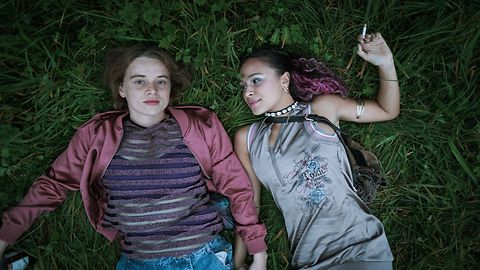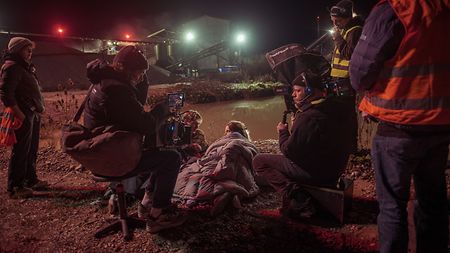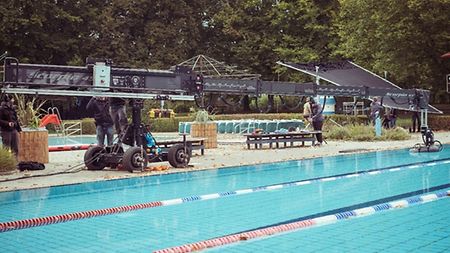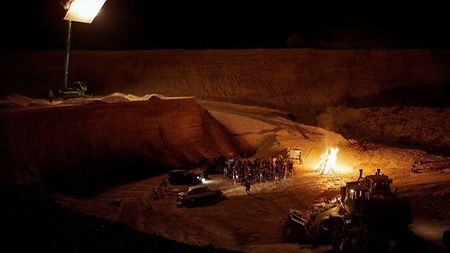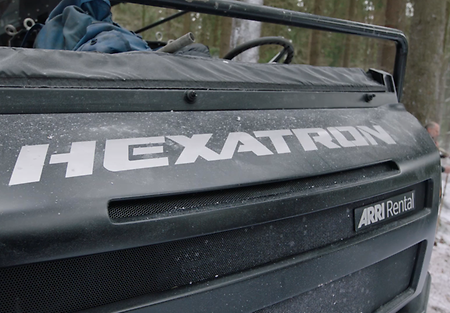The literary adaption of Caroline Wahl's novel "22 Bahnen" tells the story of Tilda, who feels trapped in her small town while trying to find a way out to a freer life. Cinematographer Tim Kuhn spoke to ARRI Rental about the emotional tone of the movie and the equipment choices he made.
Why did you choose the ALEXA 35 for “22 Bahnen”?
We went with a digitally pulled process to keep as much detail as possible in the shadows and to get a brighter, more “neg-style” image. Shooting outdoors in autumn meant constantly changing light, and we often worked during twilight. The high latitude of the camera—and using a high ISO (EI) setting—gave us enough flexibility to pull the image and shape it the way we wanted. We aimed for a bright image with strong midtone contrast to really bring out the complexity and nuance in skin tones—something that was important for the look of the film. The ALEXA 35 gave us the dynamic range and color depth to make that possible.
